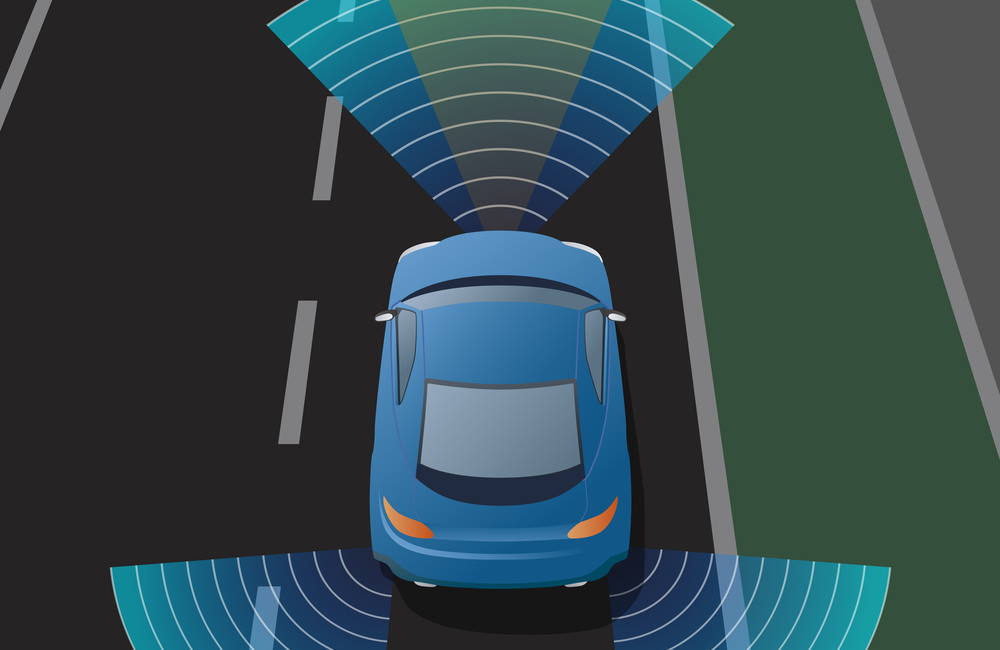Read-end collisions rank among the most common types of car accidents, as well as one of the most dangerous. They happen with little or no warning as drivers sit in their car, often at a red light or stop sign, helplessly watching in the rearview mirror as another vehicle races toward them, eventually slamming into them from behind.
Rear-end collisions account for about 7 percent of annual car crash fatalities, according to the Insurance Information Institute. They also account for more than 20 percent of all crashes. And one of the main causes of rear-end collisions are distracted drivers. .
Forward Collision Warning (FCW) systems address that issue. They alert drivers when the distance between them and the vehicle in front of them is closing too fast, giving them time to react. It’s innovative technology that saves lives.
How Forward Collision Warning Works
FCW systems are built around the idea that many rear-end collisions are avoidable. The National Transportation Safety Board reports that avoidance systems could prevent more than 80 percent of all rear-end crashes.
A FCW system warns drivers when a collision is about to occur through a visual and audio alert. Drivers get the alert up to three second before the crash will occur, giving them time to react and take evasive action. Alert timing is based on the software’s ability to calculate “time to collision” based on the distance to the other vehicle and the current speed.
In advanced systems such as Mobileye, a forward facing camera allows software to scan the road ahead, looking for potential problems. The systems work in low light, rain and on uneven surfaces.
The Need for Forward Collision Warning Systems
Inattention is the number one cause of collisions. Whether someone is on a smartphone, talking to a passenger, trying to eat or drink, or smoking, just a few seconds of distraction quickly raises the chance of getting into a crash.
The U.S. Department of Transportation did an extensive evaluation of FCW systems and found that they reduced rear-end crashes by 27 percent. They also reduced the number of rear-end collisions resulting in injuries by 20 percent. The government estimates that FCW, coupled with autonomous emergency braking (AEB) systems, could prevent 1 million rear-end crashes and 400,000 injuries in one year alone.
They wrote: “FCW alone and FCW with AEB are effective in reducing rear-end crashes.”
For fleets, Forward Collision Warning systems can improve driver safety and better risk management. It’s innovative technology that provides fleets a strong return on their telematics investment.









